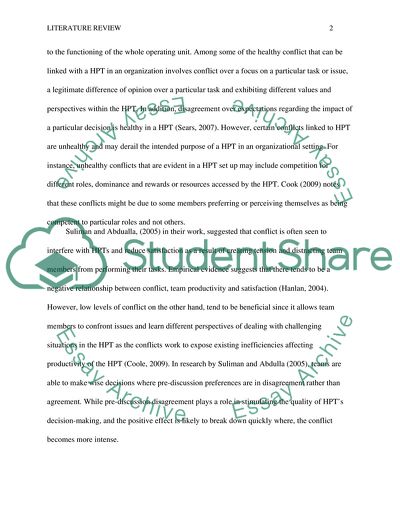Cite this document
(Literature Review - What is known about the link between Selection and Research Paper, n.d.)
Literature Review - What is known about the link between Selection and Research Paper. https://studentshare.org/human-resources/1835816-literature-review-what-is-known-about-the-link-between-selection-and-high-performance-teamhpt-and-link-between-conflict-and-hpt
Literature Review - What is known about the link between Selection and Research Paper. https://studentshare.org/human-resources/1835816-literature-review-what-is-known-about-the-link-between-selection-and-high-performance-teamhpt-and-link-between-conflict-and-hpt
(Literature Review - What Is Known about the Link Between Selection and Research Paper)
Literature Review - What Is Known about the Link Between Selection and Research Paper. https://studentshare.org/human-resources/1835816-literature-review-what-is-known-about-the-link-between-selection-and-high-performance-teamhpt-and-link-between-conflict-and-hpt.
Literature Review - What Is Known about the Link Between Selection and Research Paper. https://studentshare.org/human-resources/1835816-literature-review-what-is-known-about-the-link-between-selection-and-high-performance-teamhpt-and-link-between-conflict-and-hpt.
“Literature Review - What Is Known about the Link Between Selection and Research Paper”. https://studentshare.org/human-resources/1835816-literature-review-what-is-known-about-the-link-between-selection-and-high-performance-teamhpt-and-link-between-conflict-and-hpt.


